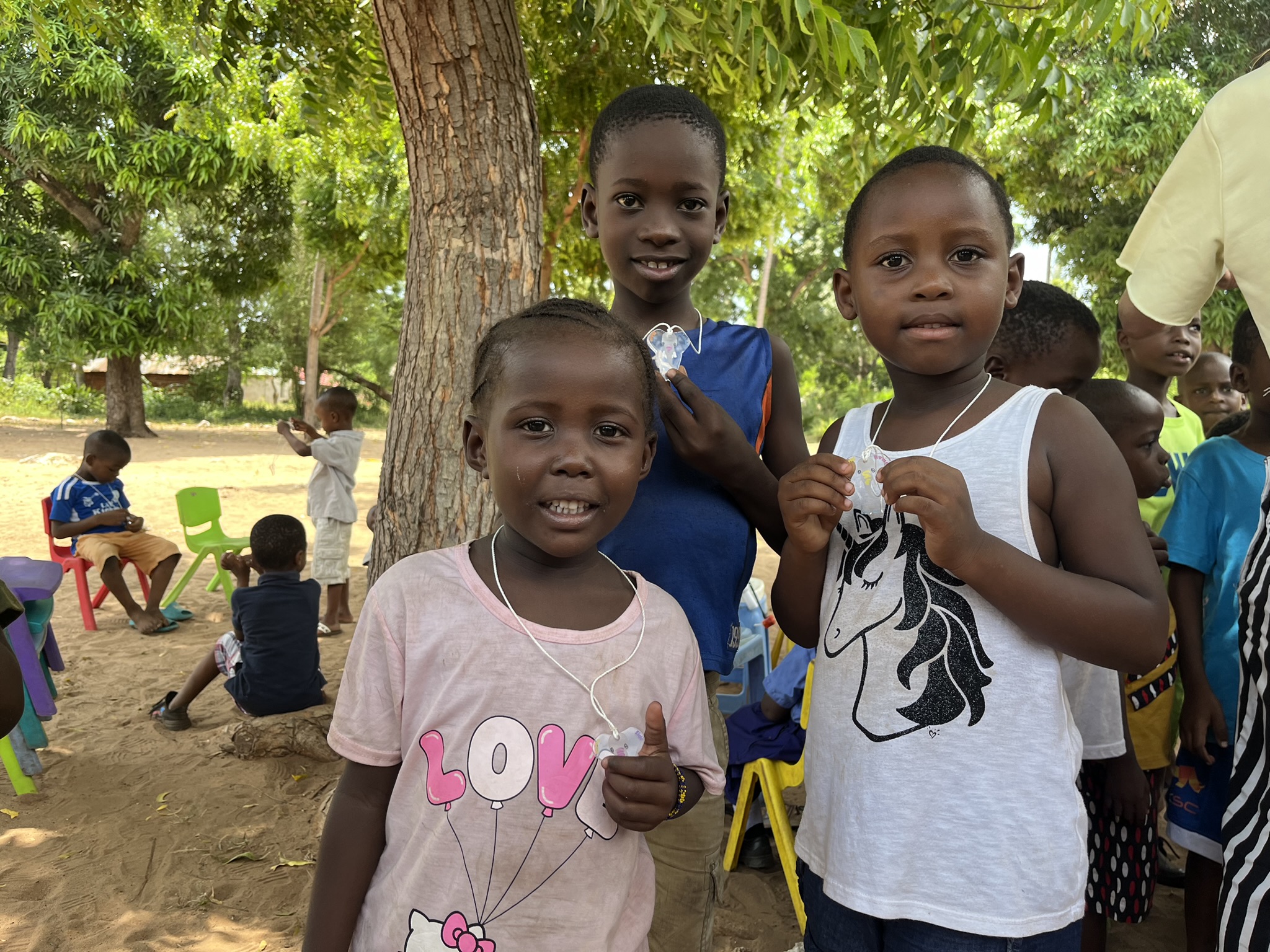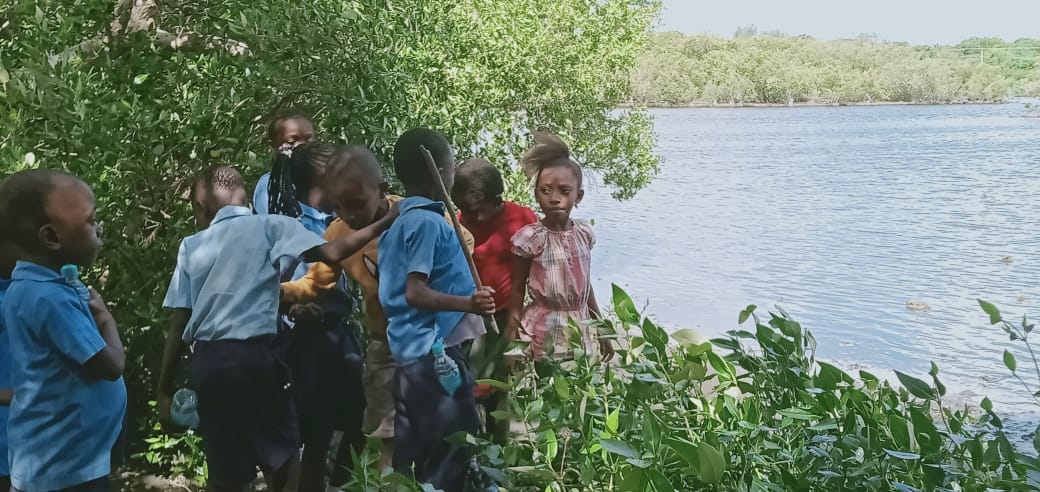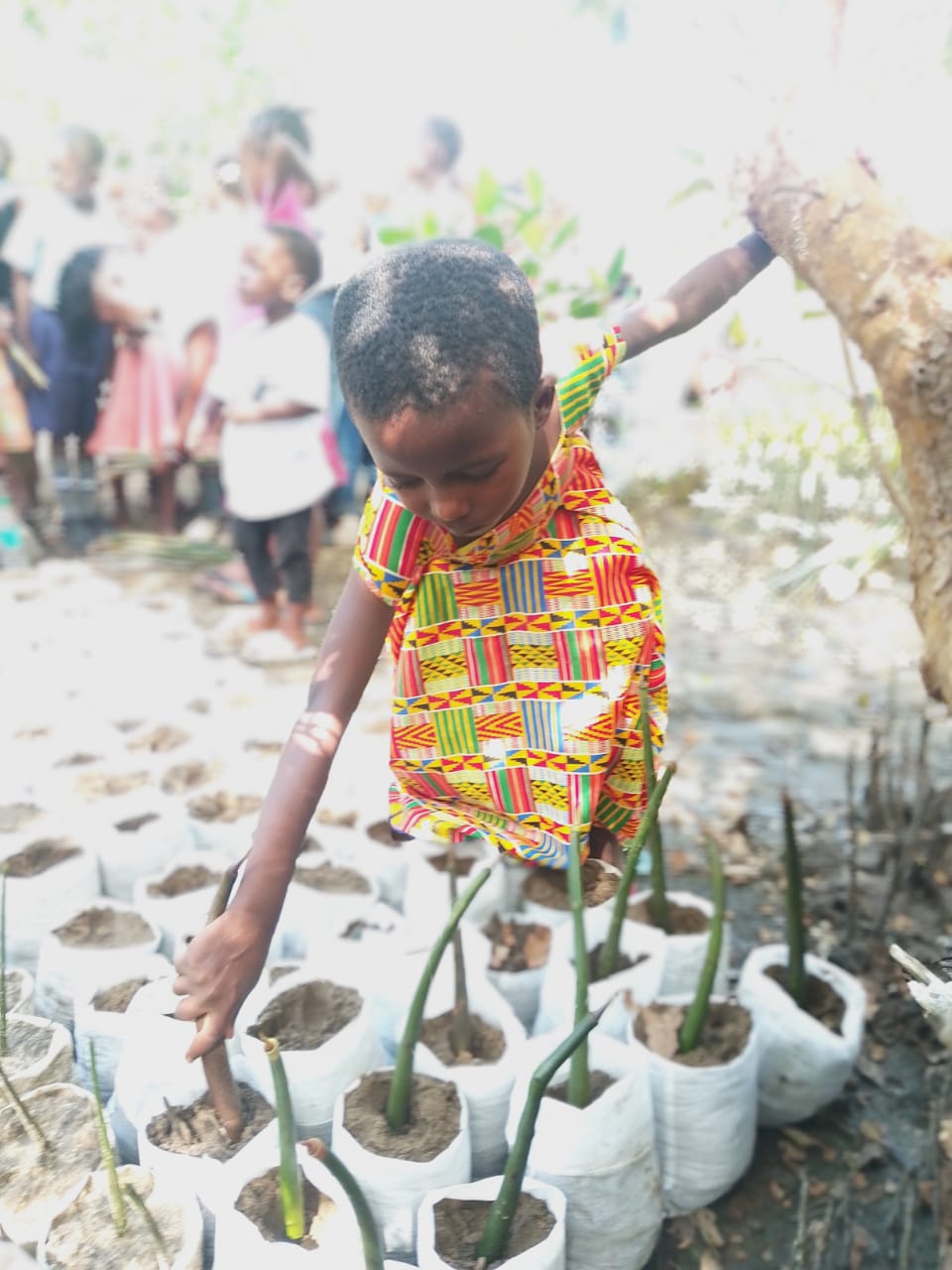Conservation needs education

Promoting sustainability through long-term conservation of the environment.
The following are some thoughts by our founder Adetta about conservation and education:
One of the scariest thing happening in our time is the high rate of extinction of species. What brought me first to Kenya was Kitesurfing but also fulfilling my childhood dream of seeing the savanna with all its enormous but also tiny inhabitants. Kenya takes conservation serious and has taken drastic measures to reduce poaching (for example by burning 12 tones of seized ivory in 1989).

About 8% of Kenya’s land mass is protected area for wildlife conservation. But one thing that makes me sad: many Kenyans and also our teachers and children have never been to a national park. This is detrimental. Why? Conservation becomes a thing which is done for the tourist’s entertainment and not because it is part of the people’s identity. We want our kids to develop an appreciation and love for the exuberant nature that Kenya has to offer.
 Our children exploring the Mida Creek National Reserve near Watamu.
Our children exploring the Mida Creek National Reserve near Watamu.
We regularly do excursions to local conservation spots. The kindergarten kids love mangrove planting at a local initiative “More trees together” and also our recent excursions to Mida Creek while we were in Watamu. Gladys told us that the kids still remember the names of all the different mangrove and crab species.
 Planting Mangrove trees.
Planting Mangrove trees.
On our visit, we brought an elephant necklace for each kid personalized with their name. We dream of having funding to bring our teachers and kids to see the national park one day. And also to have more education about elephants and other big wildlife in the schools of Gandini and Dalu where human-wildlife conflicts are common and the kids know the elephants only as the “scary destructors” of their precious crops.
 Elephant necklace.
Elephant necklace.
